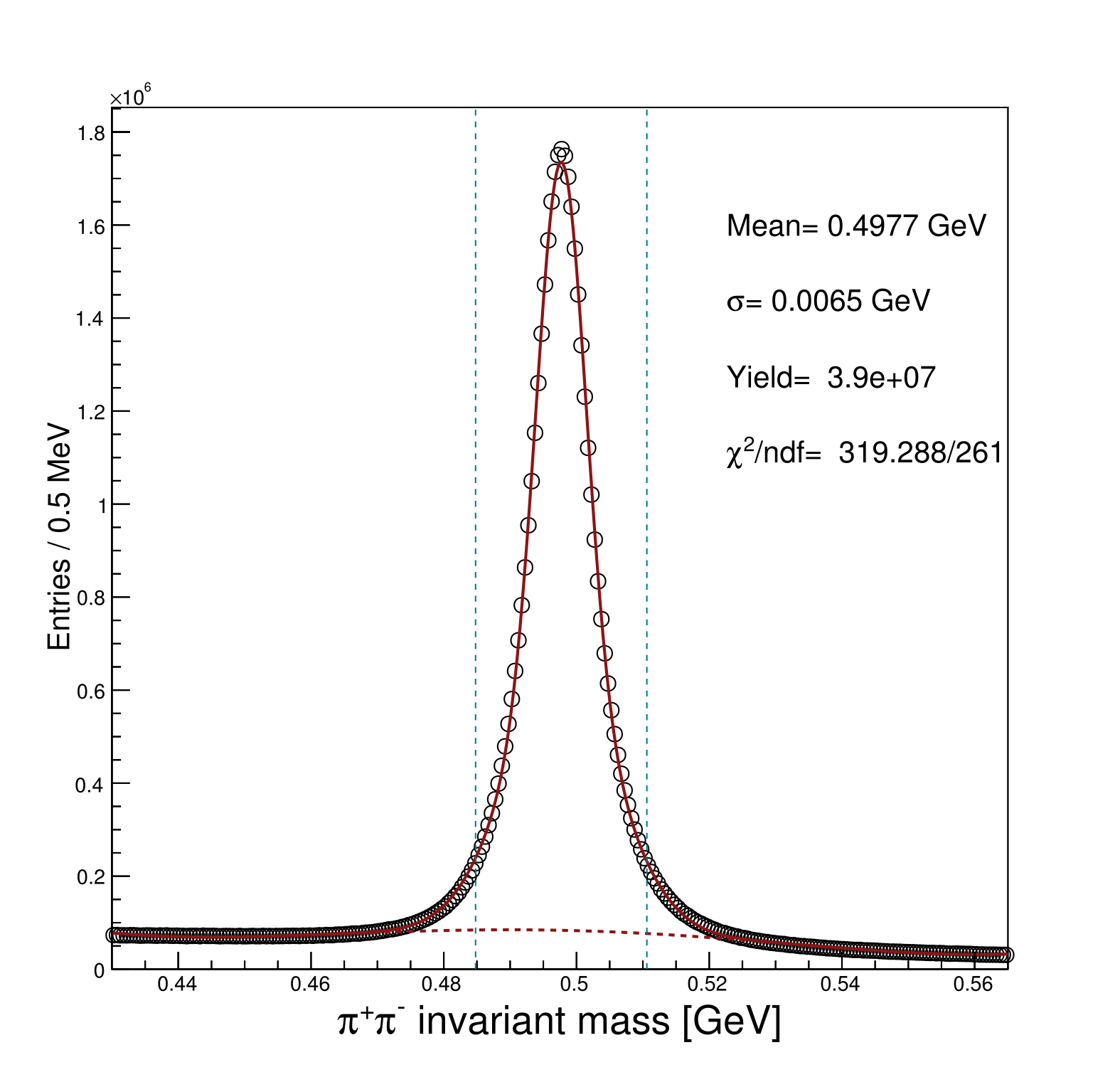V0 Femtoscopy in pPb @ 8.16 TeV
Analysis of V0's at CMS in pPb@8.16TeV. The main idea is to do this analysis using K0s and Lambdas (neutral particles, called V0's) and study the strong iterations. Can be extended to Cascades and Omegas (by including charge dependence)1. Abstract
Femtoscopy allows measuring the space-time dimensions of the interacting region in a high energy collisions.
2. K0s variables
Here i included the variables (pT, eta, phi, inv. mass) for K0s, without any cut.



3. Lambda variables
4. Selections
The selections used by Wei Li to reconstruct the V0's (very loose cuts):- V0 Reconstruction Cuts :
- Quality: Loose
- Femtoscopy Cuts:
- |η| < 2.4 (for V0s and daughters)
- pT > 0.2 GeV (for V0s and daughters)
- NV0s >= 2
- Daughters with at least 1 pixel hit (remove some contamination)
- Padova Selection (used in previous HBT analysis in pp at CMS)
- cos θij < 0.99996
- ΔpT < 0.04 GeV
- Padova cuts require qinv > 0.04 GeV
- Daughter Matching (ΔX = xi - xj, where xi and xj are the daughter with the same charge comming from different V0)
- ΔpT < 0.04 GeV
- Δφ < 0.04
- Δη < 0.04
- Compatible with Padova cuts (i will include some plots to show that)
- Ndof cut
- ndof > 1 (most of duplicated V0s are comming from ndof=1)
- This cut remove also qinv > 0.1 GeV
5. Mass Fit
To do our analyse, we have to separate our invariante mass histogram in two: i) the peak (signal) region; and ii) the sideband (background) region. In order to remove the background contribution, we perform mass fits, and we find the fraction signal/background in the peak region, and we can use the sideband to estimate the shapes.- Mass Signal and Sideband are extracted by mass fits
- Mean - 2*sigma < Mass Signal < Mean + 2*sigma (peak region)
- Mean - 5*sigma < Mass Sideband or Mass Sideband > Mean + 5*sigma (sideband region)

6. Reference Sample
aaaaa7.
-> Tests using charged hadrons
Comments
EDAnalyzer| I | Attachment | History | Action | Size | Date | Who | Comment |
|---|---|---|---|---|---|---|---|
| |
eta.png | r1 | manage | 37.9 K | 2019-04-26 - 17:19 | UnknownUser | |
| |
mass.png | r1 | manage | 41.7 K | 2019-04-26 - 17:19 | UnknownUser | |
| |
pT.png | r1 | manage | 36.7 K | 2019-04-26 - 17:26 | UnknownUser | |
| |
phi.png | r1 | manage | 45.7 K | 2019-04-26 - 17:19 | UnknownUser |
Topic revision: r3 - 2020-11-02 - denerslemos
Ideas, requests, problems regarding TWiki? Send feedback



